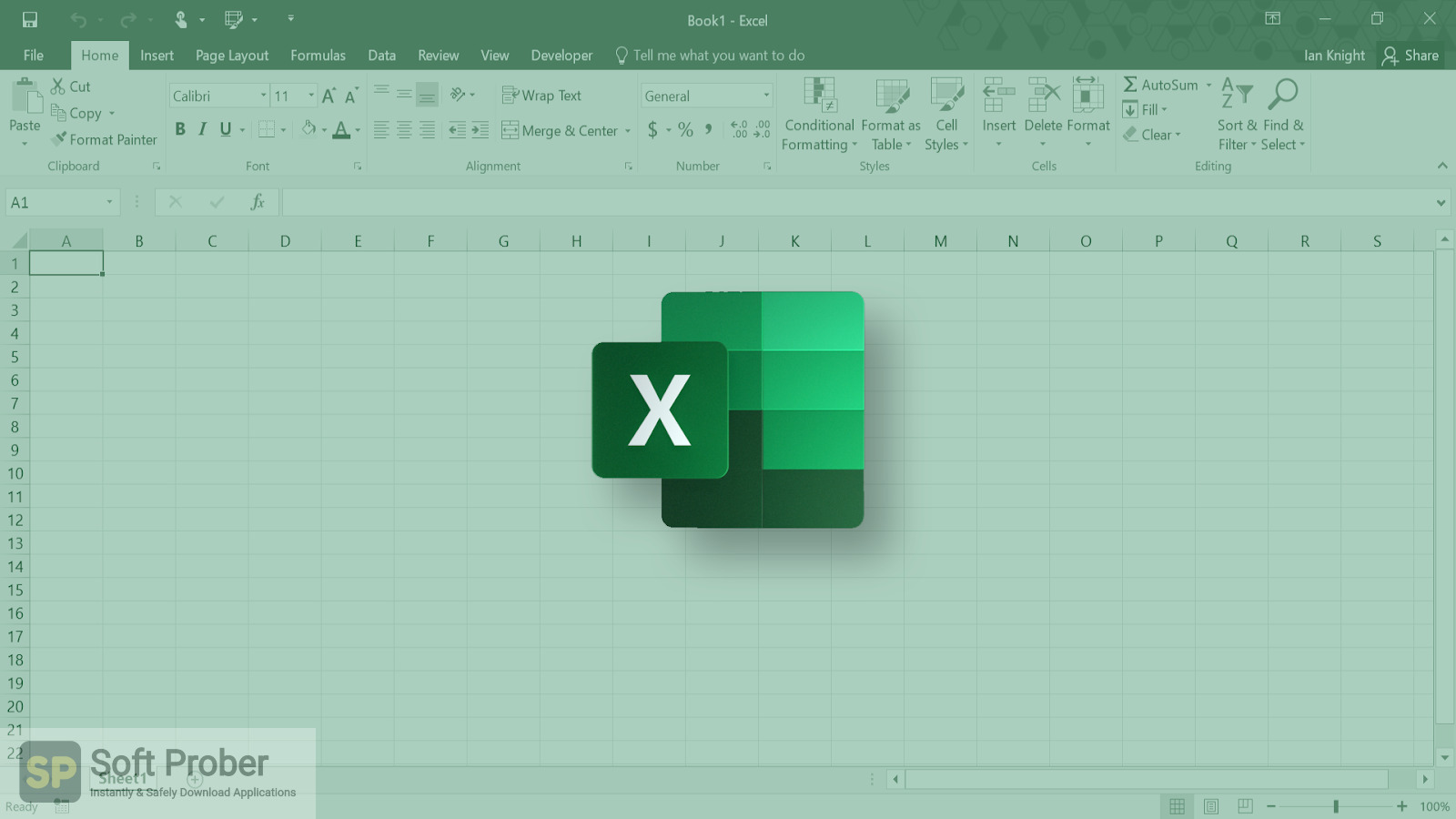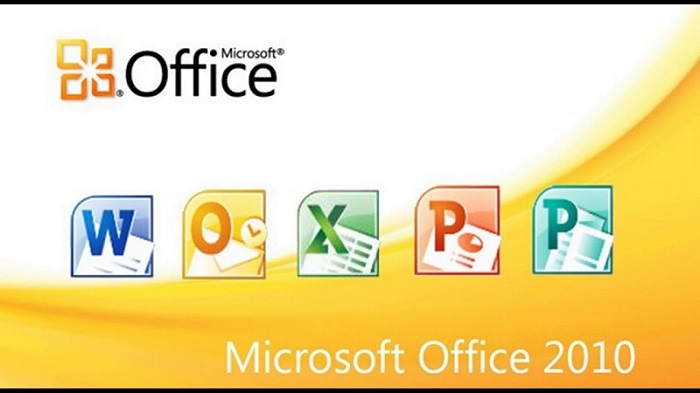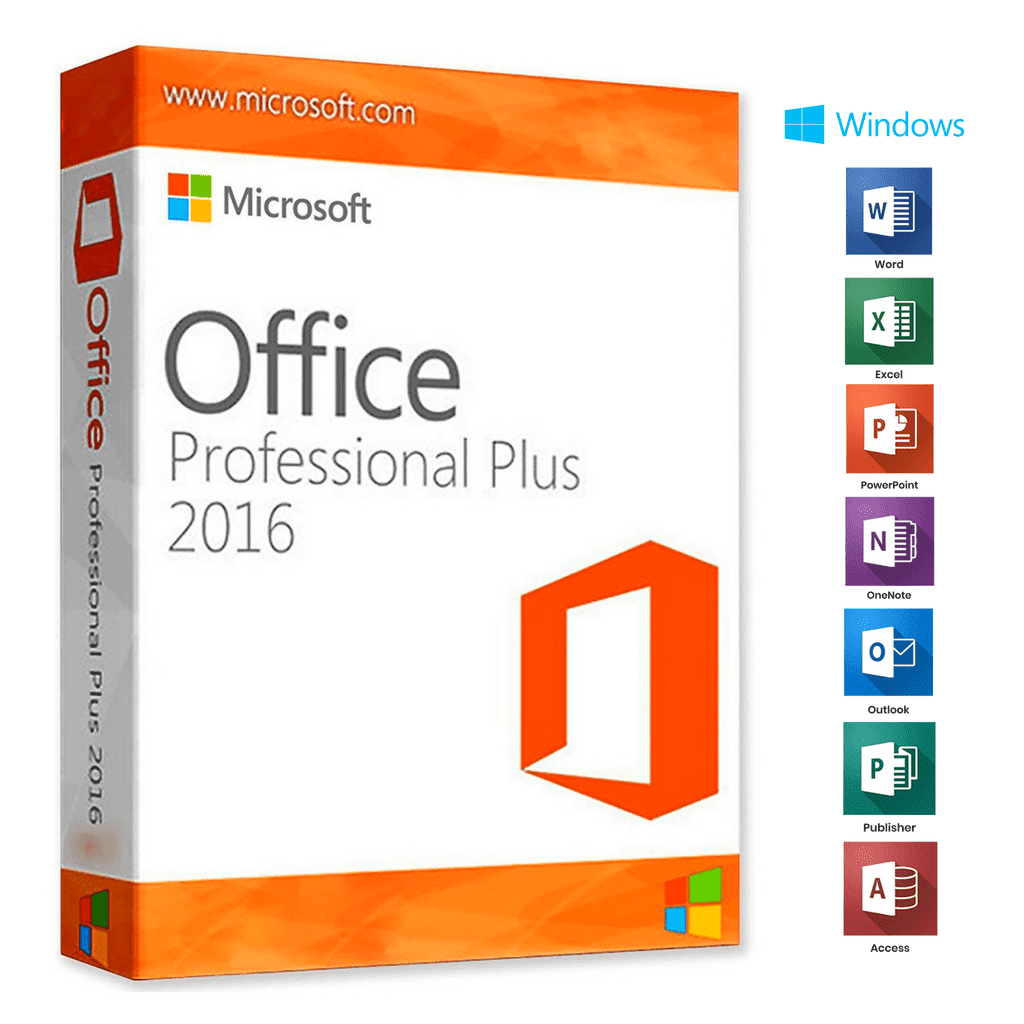

This can be used to make your data more visually appealing, and it can also be used to make the data easier to read. In B10:B14 we’ve calculated how much money was taken in from each sale using SUMIFS then grouped those results by customer type using IF statements before calculating each group’s profit margin separately with AVERAGEIFS Conditional FormattingĬonditional formatting is a feature that allows you to highlight cells based on specific criteria.

We can also use AVERAGEIF and AVERAGEIFS to calculate averages based on multiple conditions for example, let’s say we want to know how much profit we made from selling our product depending on what type of customer bought it (i.e., if someone who bought more than 10 units at over $1 each purchased them). The formula simply adds up all the values in C3:C9 (the blue area above) and returns their sum as the value shown in cell C10 (the red area).ĪVERAGE is used to calculate the average of a range of cells–in this case we’ve calculated an average price per item by adding together prices and dividing by the number of items sold. The most basic function is SUM, which sums all values in a range of cells. There are a number of functions in Excel that help you work with numbers and perform calculations. You can use AutoFill to fill sequential numbers, dates, and formulas into cells.

Mathematical functions (SUM, AVG) – for calculation of data values with different criteria.AutoFill – for data range expansion, creation of tables and graphs.

Nested IFs – to build complex calculations.There are many features in MS Excel that allow you to create useful and fancy reports. Microsoft Excel is still available for download today for offline use and everyday data visualization.+ Join us as we tour through Microsoft Excel’s best features upon download. Microsoft Excel is the gold standard in spreadsheet management, and it has become an essential tool in many offices. It has been around for decades now and shows no signs of slowing down. There are many alternatives to it out there, but none can offer the same power and versatility as Excel. Microsoft Excel is one of the most popular tools for data analysis and management.


 0 kommentar(er)
0 kommentar(er)
